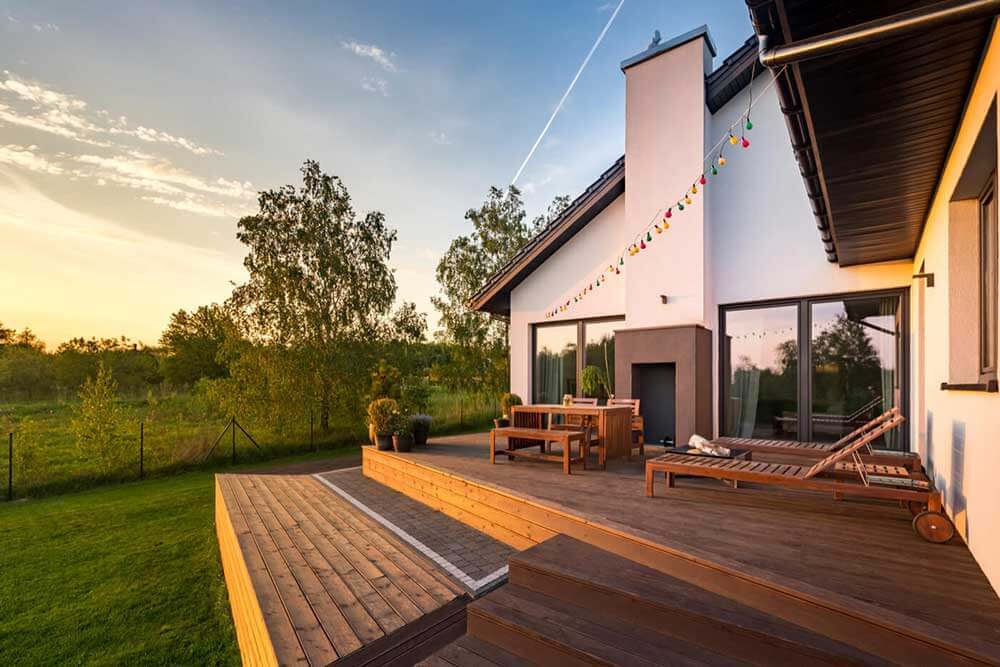Whether you’re planning for ‘retreat’ or ‘revenue’, here's our top advice for you:
Determine your devotion
Before you decide on a location, consider if you can take on the responsibility of a second home, or if a condo (which includes building maintenance) would be better. It’s worth emphasizing that you’re responsible for minimizing the risk to your home – even when you’re not there or renting it out. For example, let’s say a cold snap occurred and you weren’t there to turn off the water supply. The pipes could freeze and burst, causing potentially catastrophic water damage. Not a nice thing to think about, but it demonstrates that damage could’ve been minimized had proper precautions been taken. Of course, there are pros and cons for home vs. condo that are outside the scope of maintenance, but it’s a huge thing to think about when choosing a second home.
Did you know? Insurance companies recognize there’s a higher chance that loss or damage can occur in second homes, simply because a lot of the time there’s no one there to spot the hazard. Take a look at our tips on how to protect your place when you’re not there.
Scope out the scene
Once you’ve found a spot, get to know what it’s like year-round. That doesn’t mean you have to wait a year before purchasing – visit the location off-season and speak with locals for their experienced take on the area. As you won’t be around all of the time, seek reassurance that it’s a safe place to own a second home. Check for signs of a favourable neighbourhood. Things like home improvements, places of worship and people out on the streets are great indicators of a strong community and a secure, invested neighbourhood.
Research the risks
Along with exploring the community, make sure you’re in the know of the geographical risks, too. Is the area prone to hail, flooding, earthquakes or forest fires? You’ll want to be certain your investment is properly protected if any of these apply. The good news is, a good insurance plan can cover all of these risks. Things such as earthquake coverage, sewer backup and overland water are additional coverages may be available to add on to a home policy, should you need it.
Manage your mortgage options
Mortgage rates are on the rise in Canada, but don’t let this put you off. There are quite a lot of options out there for financing second homes. Speak with a mortgage broker to help determine the best option for you. Even better, you might not need another mortgage if you can use the equity from your existing home.
Insure your investment
Your insurance needs will be different for your second home – location and its use are big factors in calculating coverage and premium. Also, it can be a little more expensive to insure a second home. For income properties, it’s the result of increased responsibility (e.g. injuries on your property). For vacation homes, there’s more chance of a loss when a place is uninhabited some of the time (e.g. undetected hazards). To save a bit of cash, consider bundling your policy with your current insurer as most offer multi policy discounts.
Work out what’s covered
If your property isn’t lived in for a period of time, certain coverage may be excluded (such as vandalism, glass breakage and water damage). Make sure you speak with your insurer so you know the ins and outs of how you’re covered. Your insurer must know if your place isn’t in use for a while, otherwise you could be denied any coverage – a scary thought. Become a pro on how to cover your latest investment with some great advice on how to insure your vacation spot or income property.
